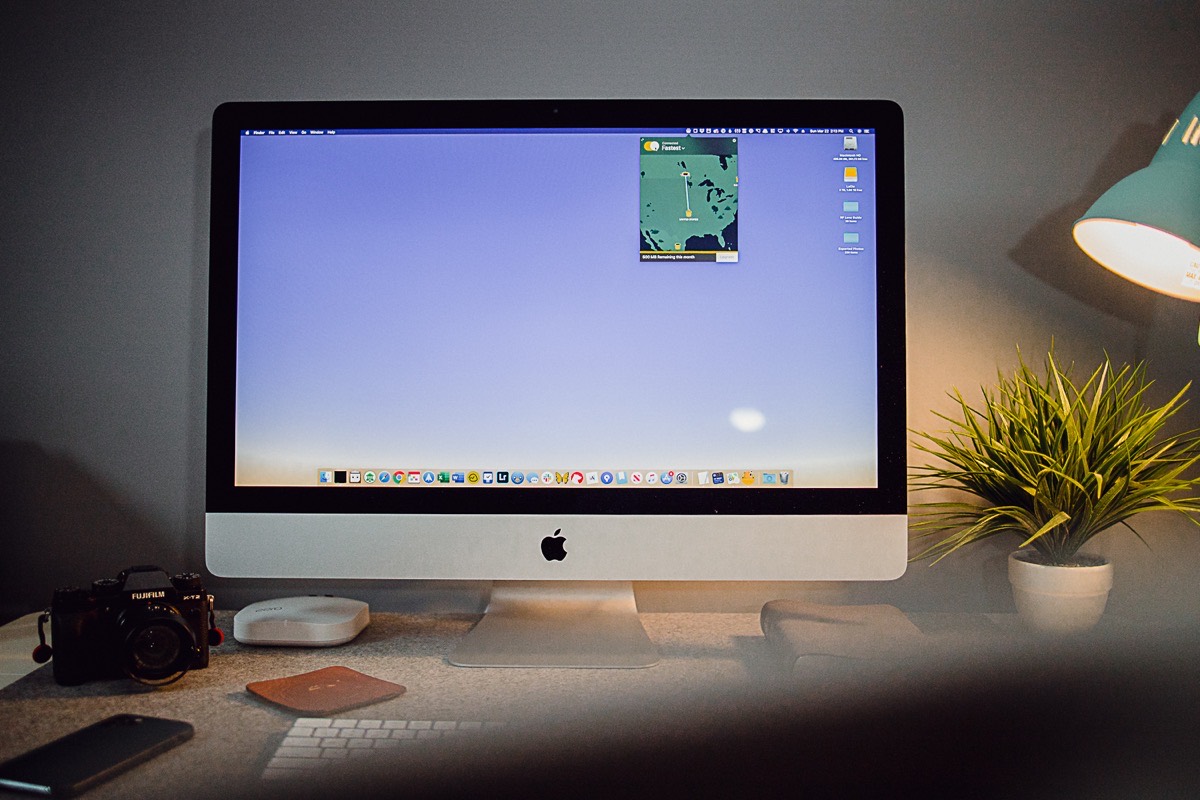
The best VPN solution for iOS and macOS
TunnelBear
If you’ve been around technology for a while, you’ve probably heard the term VPN before. I remember hearing my dad grumble about it when he worked for IBM in the early 90’s. Grumbling mostly because it was a pain to work with and very slow. Since then, VPN’s have come a long way in ease of use and speed, so lets look at what a VPN is and which one is best for you to use.
To keep it brief, VPN is short for Virtual Private Network, which lets you connect your device (Mac, PC, iPhone, iPad, etc.) to an external secure network. In practice, that means when you’re working remotely on a network you don’t trust, a VPN allows you to “tunnel” through an encrypted channel and emerge on the internet in a new location. This means that your internet traffic is secured from snooping on that untrusted network.
A side affect is that you can use a VPN to make it appear you are operating in another location. I could use it to make it look like my internet traffic is coming from the US instead of Canada if there was a good reason to do this.
One of the drawbacks of a VPN is that they will reduce your internet speed since you add another hop in your route to your online destination. The servers you connect with will send your information to, let’s say Toronto, then back to your actual location instead of directly to your physical location. Sometimes this is a big penalty, and sometimes it’s effectively unnoticeable.
Wait. There’s a Bonus…
Curated List of Must-Have Apps
We spend an inordinate amount of time sorting through hundreds of apps to find the very best. And based on our own usage, plus the feedback of our readers, we have put together a short list of our must-have, most-used apps in 2022.
You will get…
- The current list of The Sweet Setup’s top 8, must-have apps.
- A special, pro tip for each app to help you save time and become more of a power user.
- A hidden feature of each app that you may not have known about.
These apps work on iPad, iPhone, and Mac. And they range across several different categories but are mostly focused on productivity. We hope this will help you get the most out of your devices and your day.
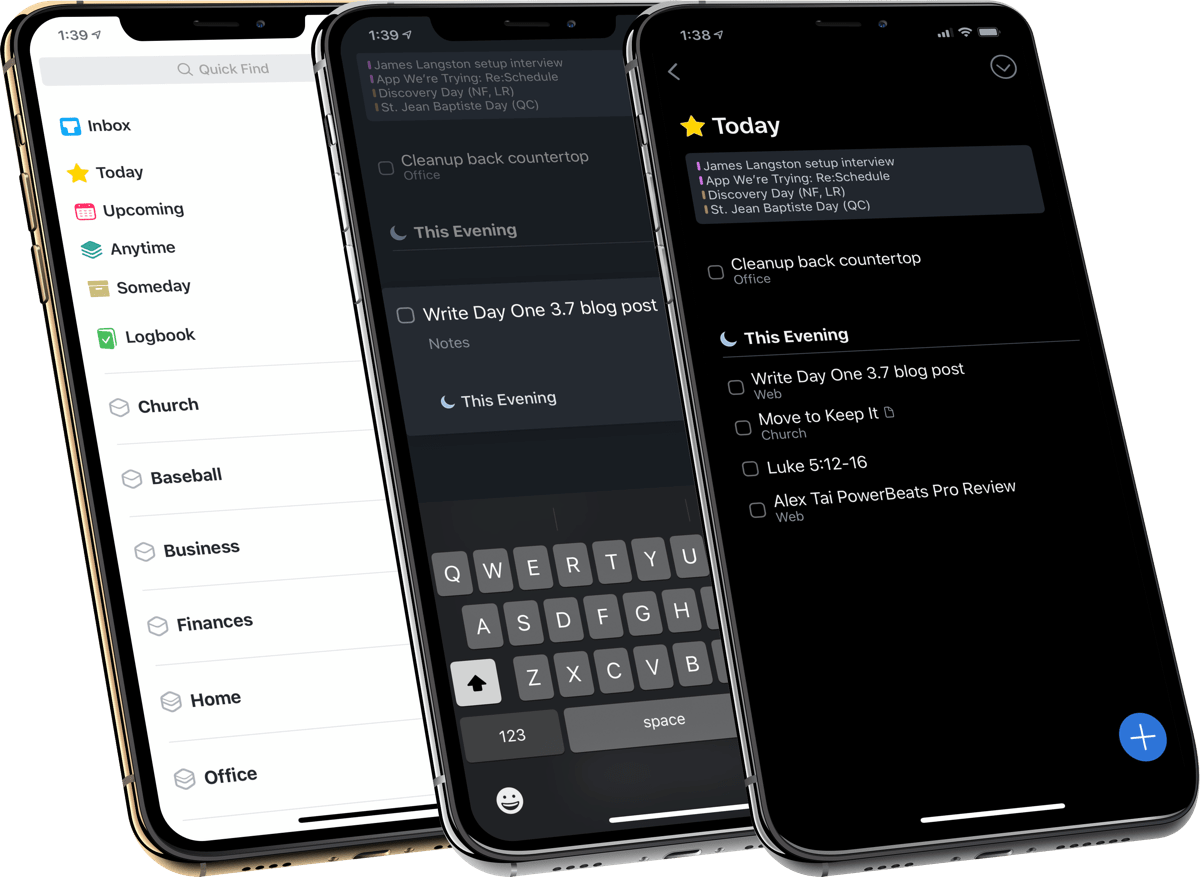
This guide is available for FREE to our email subscriber community. And you can get it right now. By joining the Sweet Setup community you’ll also get access to our other guides, early previews to big new reviews and workflow articles we are working on, weekly roundups of our best content, and more.
How to Choose a VPN?
One of the first rules with choosing a VPN is to always look at options you pay for. Running a good VPN means you need to pay for hardware infrastructure, bandwidth at your hardware location, and many other things. That costs money and if you’re not a paying customer, then you are the product and someone is likely selling your information. That defeats the point of using a VPN in the first place.
For the purposes of this review, we considered the following services (in no particular order):
Security
The second criteria to look at is whether the VPN company makes any security audit reports done by an outside company available for review. While this was a rare thing when we last looked at VPN companies, it was easy to find a number of companies that had these security reports in place. Each one of the options today has a security report, and in some cases they had reports over a number of years along with fixes for any issues from previous report findings.
Far from something that should scare a security-conscious user off, bugs in software are something that happen. A company’s response to issues and bugs is much more important. Each of the companies I looked at had a history of dealing with bugs in a prompt manner and then engaging with the security auditing company to ensure that the issues were in fact resolved.
Connection Speed
Third, how fast is the VPN connection? In my testing, I found them to be all fairly on par in most locations with a few notable exceptions. SurfShark had some surprising speeds at my local hockey arena. The base speed was 300MB down and SurfShark regularly got 250MB down. All of the other options would range between 90 and 120MB. I made an extra trip to this location to confirm this result for SurfShark.
In the speed department, I also saw some interesting results around average performance over many tests. In all of my locations, I went on a few different days and tested each VPN multiple times. At the second arena in town, all of the options were about the same except for Express VPN, which out of 20 tests had 8 that were within the range of the other options and the other 12 tests were far below what the others were showing. Here my base speed was 65MB down and while most options hit between 30 and 40MB, Express VPN was under 10MB for 12 of the test cycles. Just like with SurfShark, I took an extra trip here to verify that Express VPN had such a wide swing in speeds.
Ultimately, I think that the raw speed numbers don’t matter so much. The real measure for speed is, does it provide enough speed for you to do the work you need to do? With every option, I had enough speed to do any of the programming or server work I needed. Web surfing was fine and documents synced through Dropbox or iCloud in a timely fashion. The only real case I could make for one option over another with raw speed would be SurfShark in a single location and only if you’re uploading lots of big files (such as GBs of data), like YouTube videos.
Connection Stability
If we stop looking at raw speed numbers, then speed consistency comes into play. Across all the testing locations I used, TunnelBear was always in the top two or three options for speed. It never saw random speed drops for some of the tests. Overall, TunnelBear gave me the most consistent speeds without ever bottoming out.
On the speed front, your results will vary. If your regular location had whatever confluence of events going for it that one hockey arena did, then SurfShark would be your obvious choice based on speed. If you have multiple locations, then the most stable one across all locations is the best option.
Ease of Setup
VPN sounds like a complicated thing, but that doesn’t mean it should be difficult to set up. On my iOS devices, all of the options were fairly smooth, with Encrypt.me being an outlier in a less than amazing experience. On both devices I set it up on, notifications either wouldn’t show up properly or they would pop up out of order. Simply clicking through them got it all working, but a few times I felt like I wasn’t sure what was happening.
In contrast, every other option I looked at gave you warnings before an iOS dialog came up telling you what it would be asking for and why. Then you’d acknowledge the screen and the iOS prompt would come up asking for exactly what the app said it would ask for.
Ease of Activation
When it comes time to use the VPN to work, we look for stability. I want to turn on a VPN option and have it simply activate without any other issues. For most of my test locations, every option did just that. Unfortunately, there were two areas that a bunch of the apps didn’t connect at all.
In both libraries in town, the only VPN that I could get to connect every time was TunnelBear. After TunnelBear, ExpressVPN would connect, but only after multiple attempts. None of the other options I looked at would connect at either of the libraries in my city regardless of the troubleshooting steps I went through, which went as far as wiping my iPad and installing a single VPN to try and establish a connection.
It seems that the libraries have something funny going on that other city-operated WiFi networks I tested don’t have. Even after multiple hours and many trips, I was never able to resolve the issue that caused SurfShark, NordVPN and Encrypt.me to not connect at my local library.
Connecting at home on macOS, all of the options worked flawlessly, though I don’t see much need to use a VPN on my home wired network since I don’t worry about location shifting for content reasons.
VPN Cost and Trials
The final consideration we looked at was the cost of the VPN solution. They all offer some sort of free trial, but TunnelBear has the most generous offering. They give you a free amount of data every month and then an extra 1GB if you send out a Tweet to acknowledge (ahem, advertise) that you’re using TunnelBear.
The two cheapest options for a single month of use were TunnelBear and Encrypt.me at $9.99USD. Each service offered much longer commitments, of up to two years, and in that race SurfShark was the cheapest at $1.99/month if you’re willing to pay for 24-months up front.
Overall, the pricing only varies by a few dollars a month, so price didn’t factor in as much as features while I looked at the different options.
The Best VPN for iOS, iPadOS, macOS is TunnelBear

With my many hours of testing speeds and simply working off a VPN, TunnelBear was the only one that never let me down. It’s not the fastest for every location, but it was never the slowest option, either. It was always plenty fast enough for doing regular work and surfing.
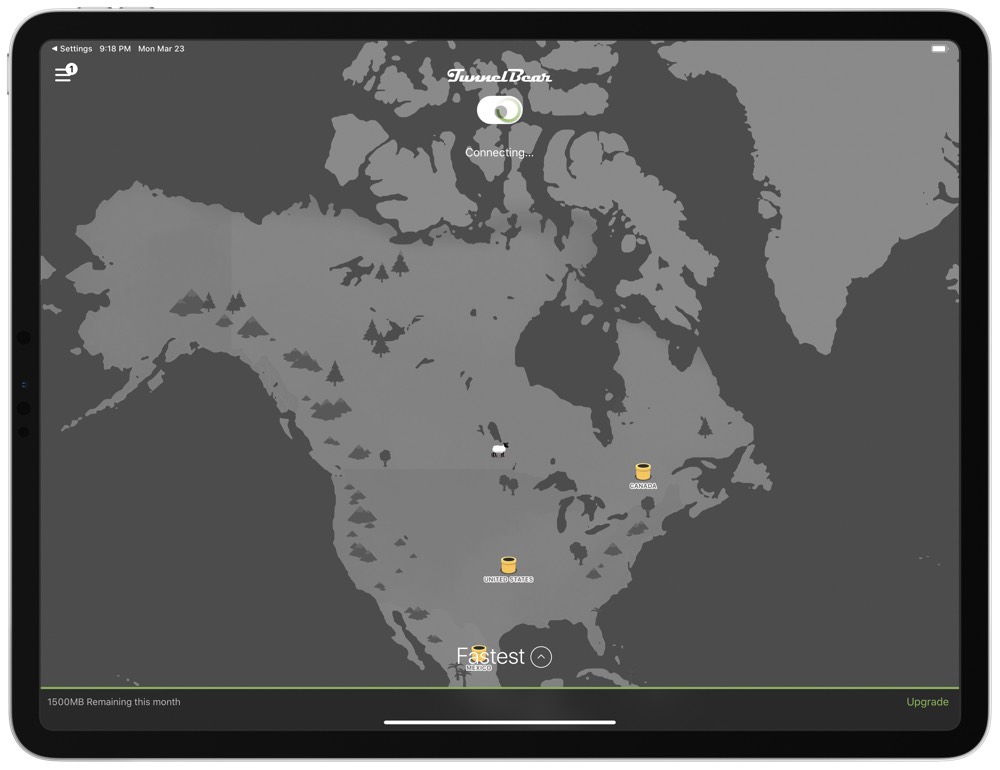
In addition to its reliable speed, TunnelBear offers a great option if you’re traveling a bit and need to dip into some banking or other account that needs extra security while on public WiFi. Use the free monthly 500MB or send a Tweet and get 1.5GB for that month. I did this for a weekend of travel and didn’t come close to using up the data with some light surfing and a bit of banking.
If you need more data, then paying $9.99 for a single month of unlimited use isn’t a high price for the added security. If you’re going to need regular access to TunnelBear, then paying for a year up front lowers the monthly price to juse $4.99 — a hefty 50% discount. As with most VPN service providers, they tend to offer discounts and deals fairly often, so check the TunnelBear pricing page for the most up-to-date information. As with many of the other VPN options, TunnelBear lets you pay not only with credit card, but takes Bitcoin if you’re extra conscious of even paying for a VPN in a manner that is easily tracked.
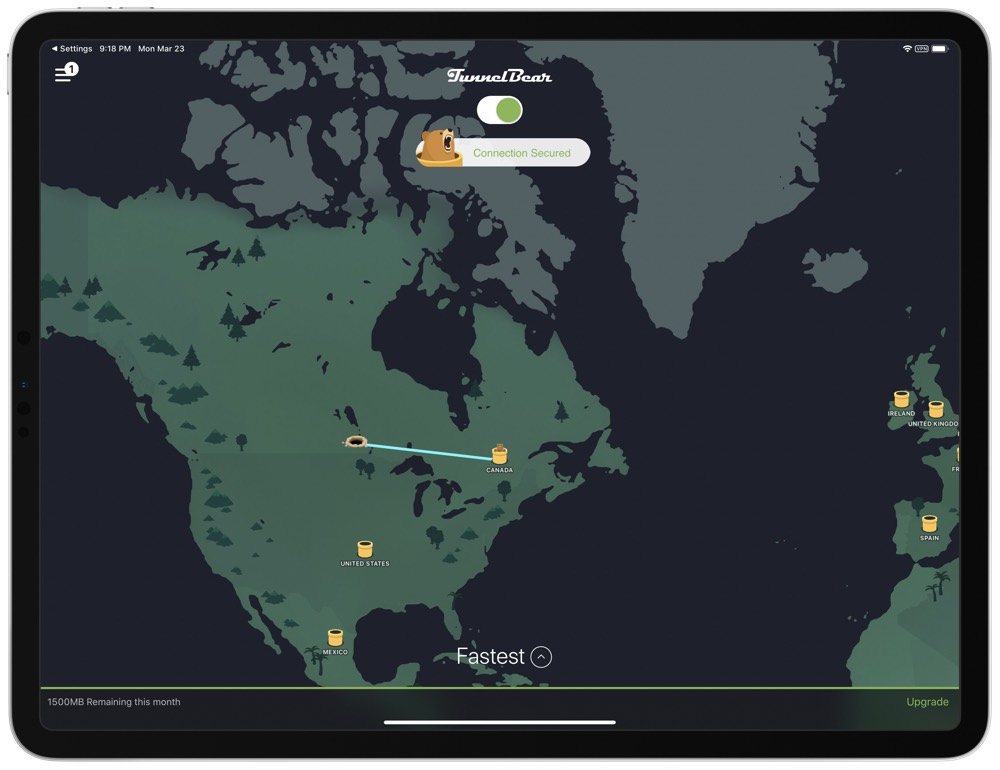
On the connection front, as I already said, TunnelBear was solid every single time. The setup on macOS or iOS was easy, with prompts coming in all the right spots and complete explanations of what was happening with the device. It was easy enough that when a non-technical friend asked me in the middle of the research for this piece about VPNs, I easily recommended TunnelBear. They were able to set it up without any assistance on my part for any of the devices they wanted to use it on.
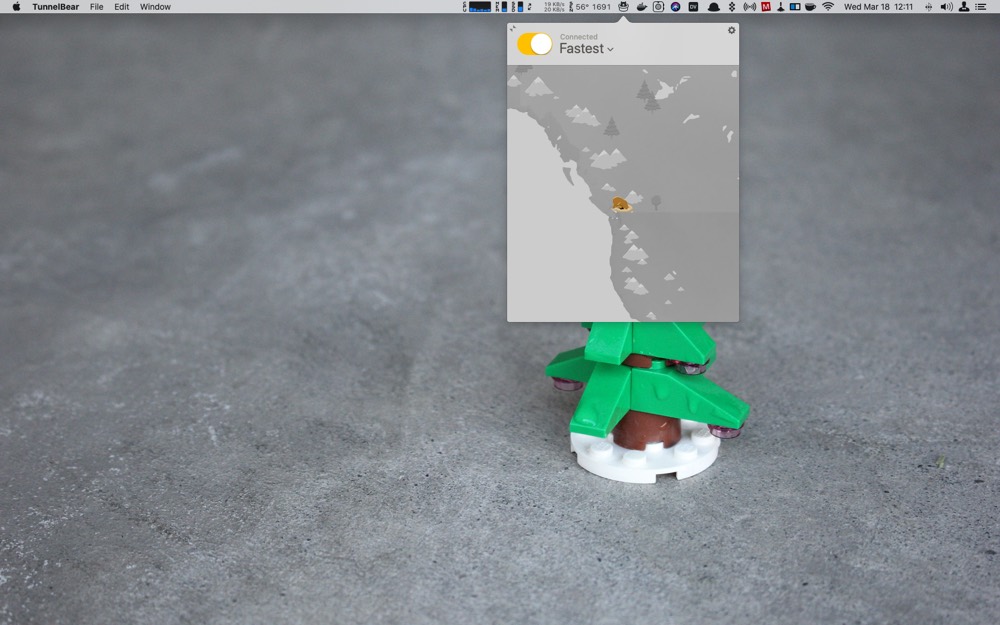
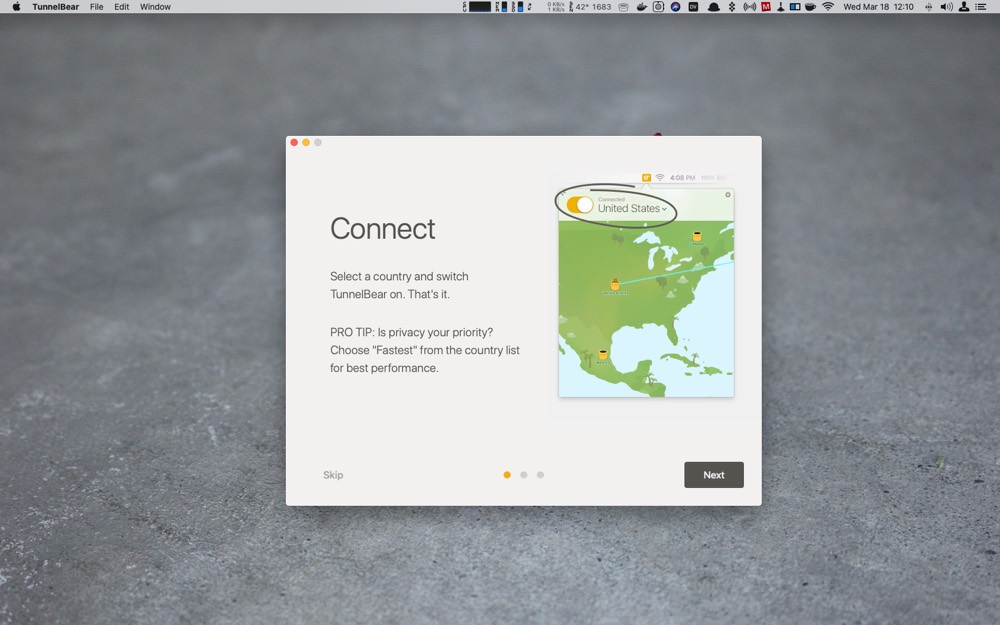
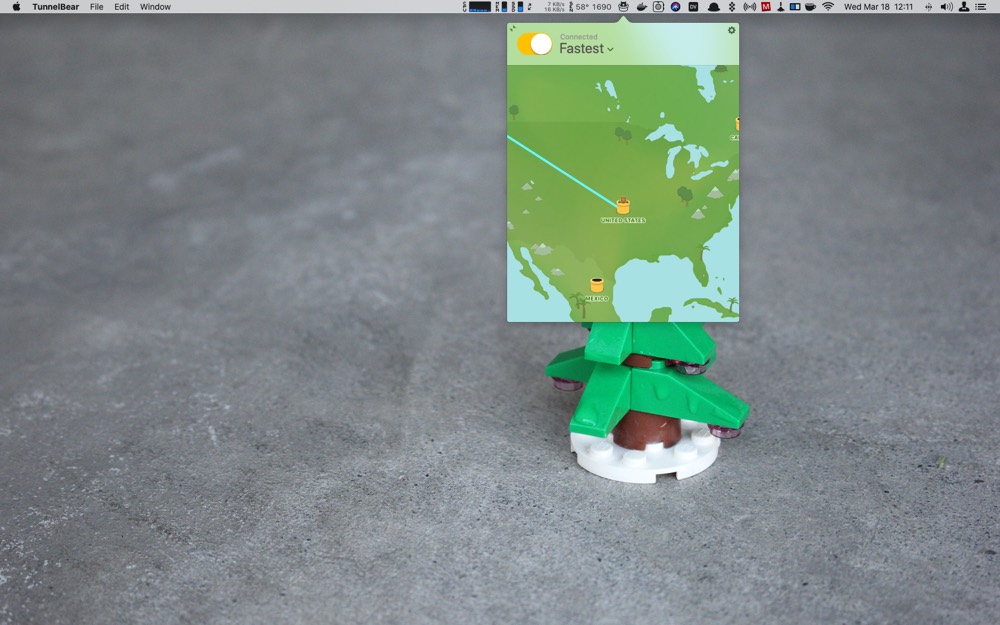
TunnelBear always connected on the first try and never dropped connection in the middle of a work session as some other options did. Add a fun bear animation to the UX, and you’ve got a solid app with a touch of whimsy, which we love.
When it comes down to it, TunnelBear just worked as I expected without any burden. It provided easy security for my connections when I was out, and generally just let me work without a bunch of overhead. TunnelBear was also one of the first VPN companies to do public audits, and has been doing them for a few years now. That’s the type of commitment to security you want from your VPN choice.
Runners Up
Now just because I picked TunnelBear as my ultimate choice doesn’t mean I don’t see a case for the other options.
ExpressVPN for a reliable second choice
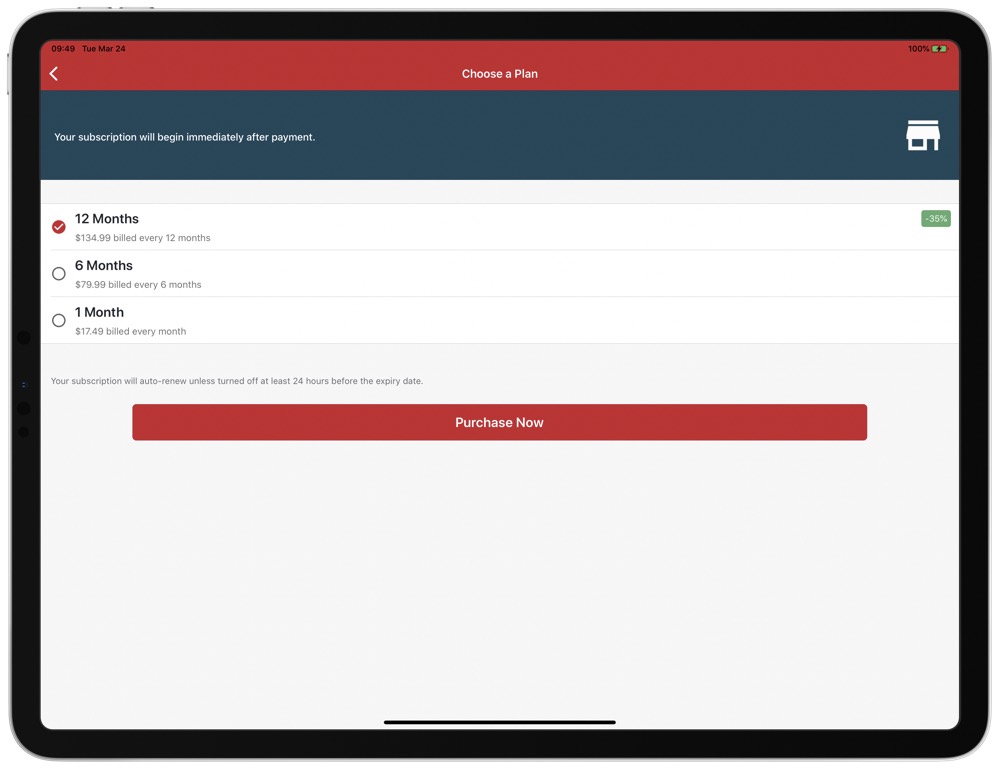
Our overall second choice would be ExpressVPN. It’s not the cheapest, but it’s also not the most expensive option. It’s fairly reliable for speed, with only a few drops and only in certain locations. The biggest problem with ExpressVPN was that it had issues connecting to my local library network for no reason I was able to figure out. I could usually get it to connect, but TunnelBear always connected without any extra work at all.
If you don’t encounter a location where ExpressVPN has issues and the setup of the networks you’re on gives it a speed advantage over TunnelBear, it’s a great option.
SurfShark has raw speed
If you need to use VPN and have that confluence of circumstances that lets SurfShark shine, then it can blow the other options out of the water on speed. Unfortunately, I also had issues getting it to connect and the lightning speed was only present in a single test location. Even my house, which is 300/300 fiber, didn’t see any notable difference between SurfShark and any of it’s competitors.
Unfortunately, SurfShark was also one of the options that wouldn’t connect in one location for me. If you can’t get your VPN to connect, it’s not useful. We all want something that gets out of our way, and if you have to spend two minutes fussing with SurfShark to get it to connect, you’re less likely to bother using it.
Wait. There’s a Bonus…
Curated List of Must-Have Apps
We spend an inordinate amount of time sorting through hundreds of apps to find the very best. And based on our own usage, plus the feedback of our readers, we have put together a short list of our must-have, most-used apps in 2022.
You will get…
- The current list of The Sweet Setup’s top 8, must-have apps.
- A special, pro tip for each app to help you save time and become more of a power user.
- A hidden feature of each app that you may not have known about.
These apps work on iPad, iPhone, and Mac. And they range across several different categories but are mostly focused on productivity. We hope this will help you get the most out of your devices and your day.

This guide is available for FREE to our email subscriber community. And you can get it right now. By joining the Sweet Setup community you’ll also get access to our other guides, early previews to big new reviews and workflow articles we are working on, weekly roundups of our best content, and more.
The Others: NordVPN and Encrypt.me
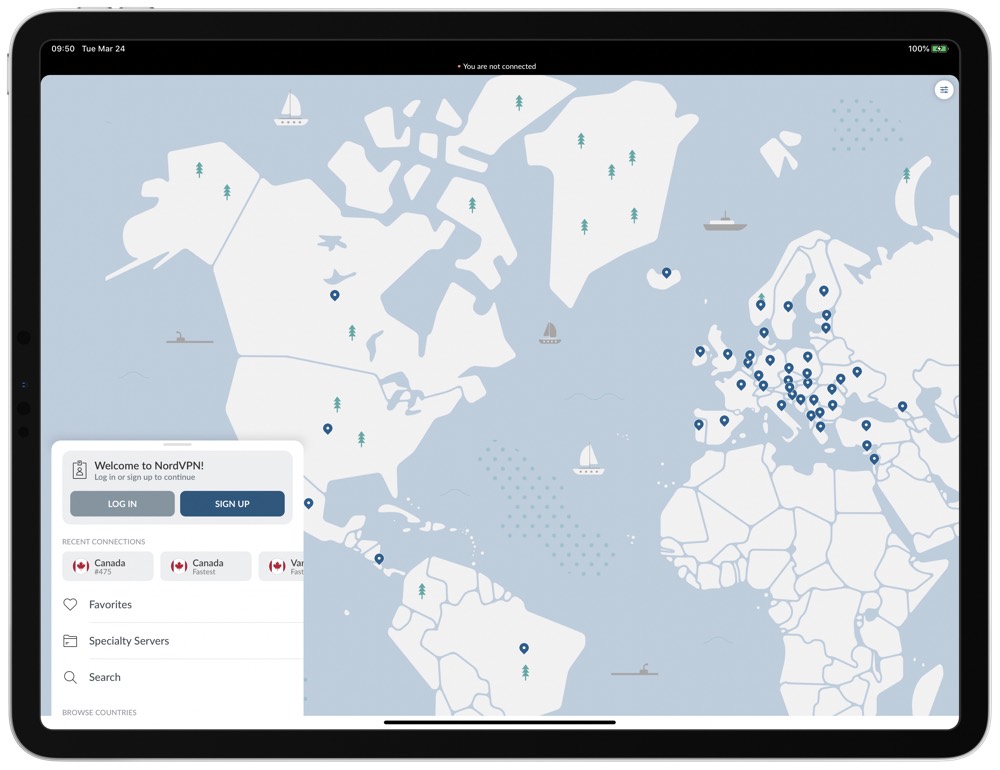
NordVPN and Encrypt.me were also acceptable options, but just like SurfShark, I could never get them to connect to my two library locations. Any other benefits they have are so strongly overshadowed by this issue that they aren’t even an option. Unlike SurfShark, they didn’t have some amazing feature that lets me recommend them in a specific scenario either. They weren’t faster or slower than anything else, and they’re also not a lot cheaper than competitors.
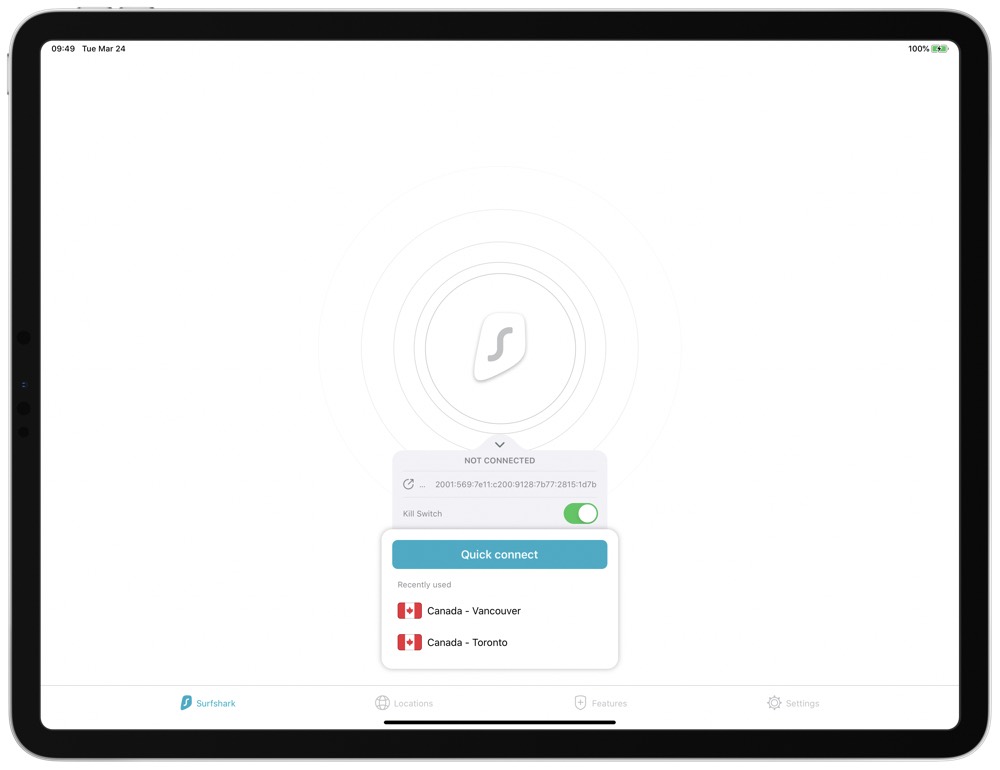
Setting up either of these options was fine, with a slight edge going to NordVPN in ease of setup. They just didn’t shine in any way.
If you don’t experience any connection issues (like I did at my local library), then either option may be decent for you. In my testing, though, they simply weren’t as reliable as TunnelBear.

While I can certainly see that for some users your results may differ in speed, the fact is that using a VPN is a good choice for anyone. It’s going to increase your security on public access points, and unlike the grumbling I remember from my Dad trying to access his IBM VPN in the early 90’s, setup is fairly easy. I’ll be putting TunnelBear on my wife’s iPad for an upcoming trip so that she can also browse securely (for banking, etc.) over the week without any security fears.

